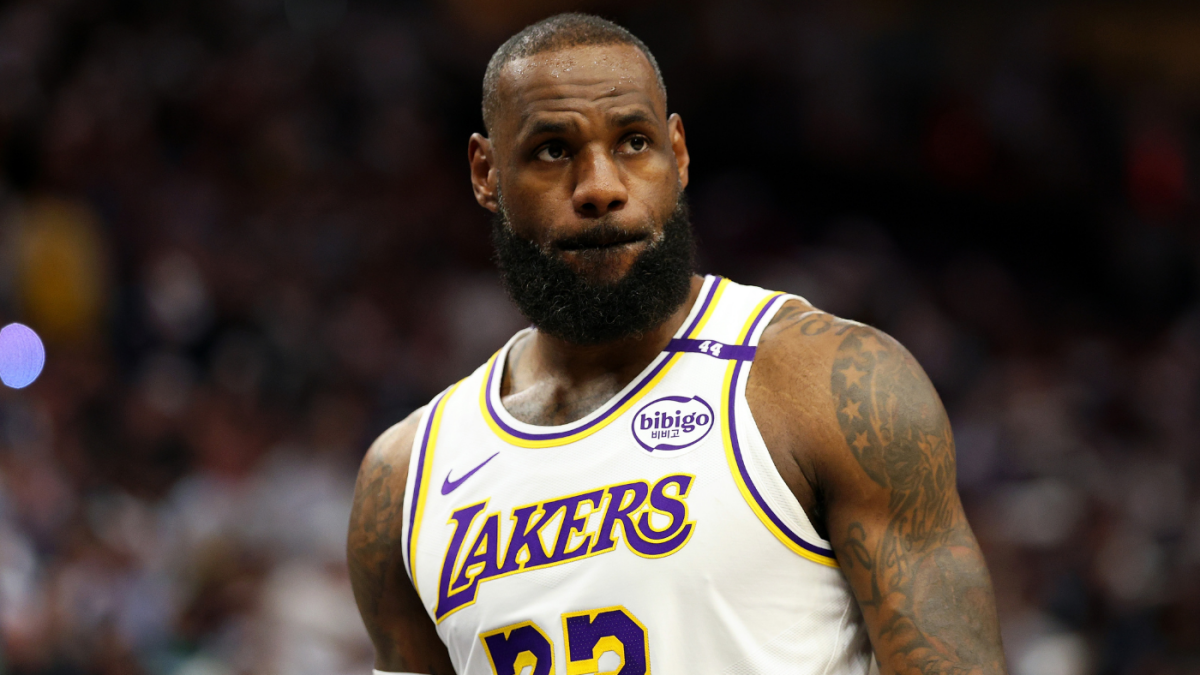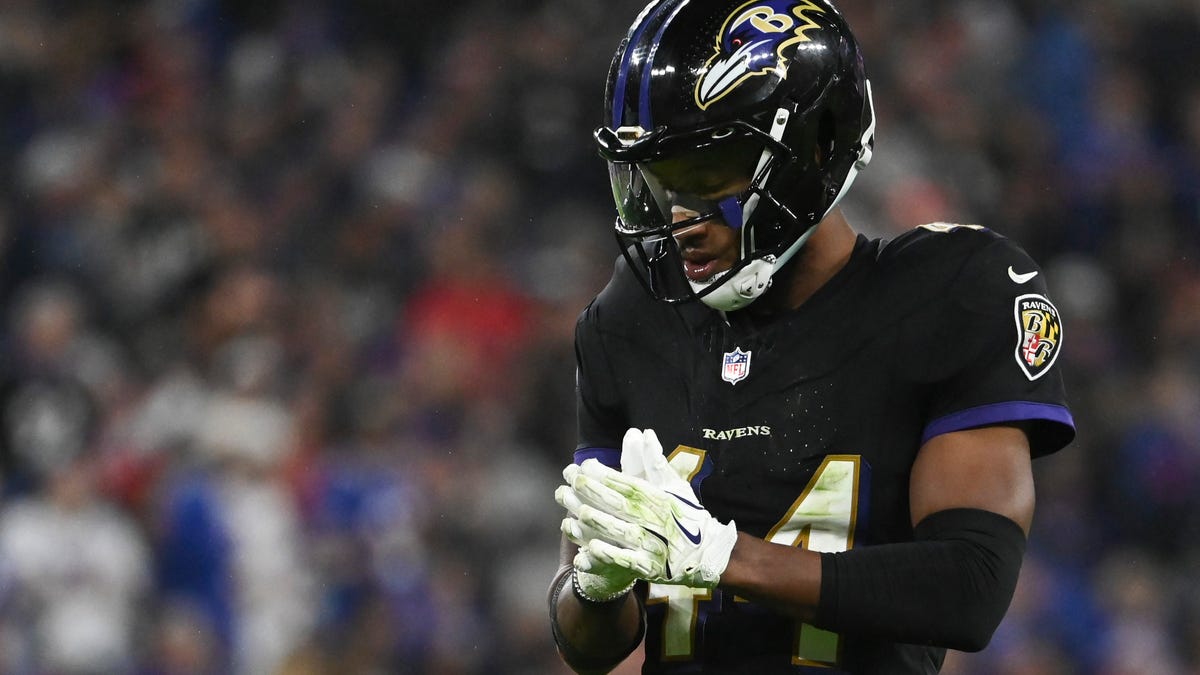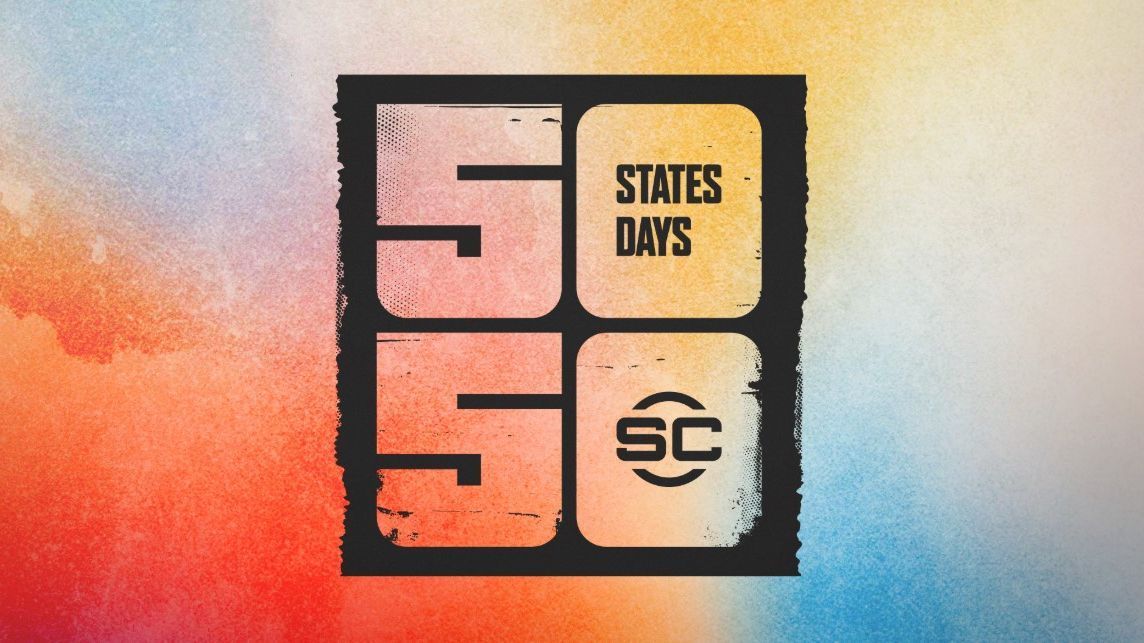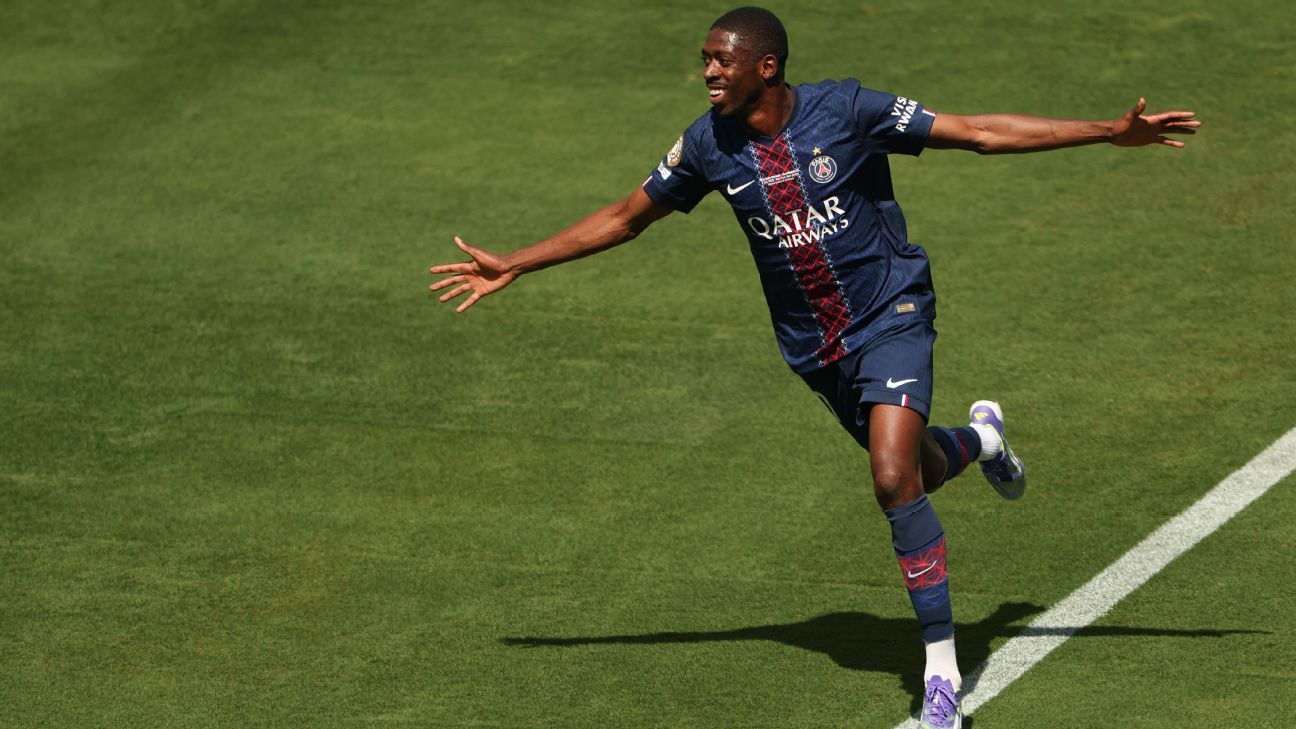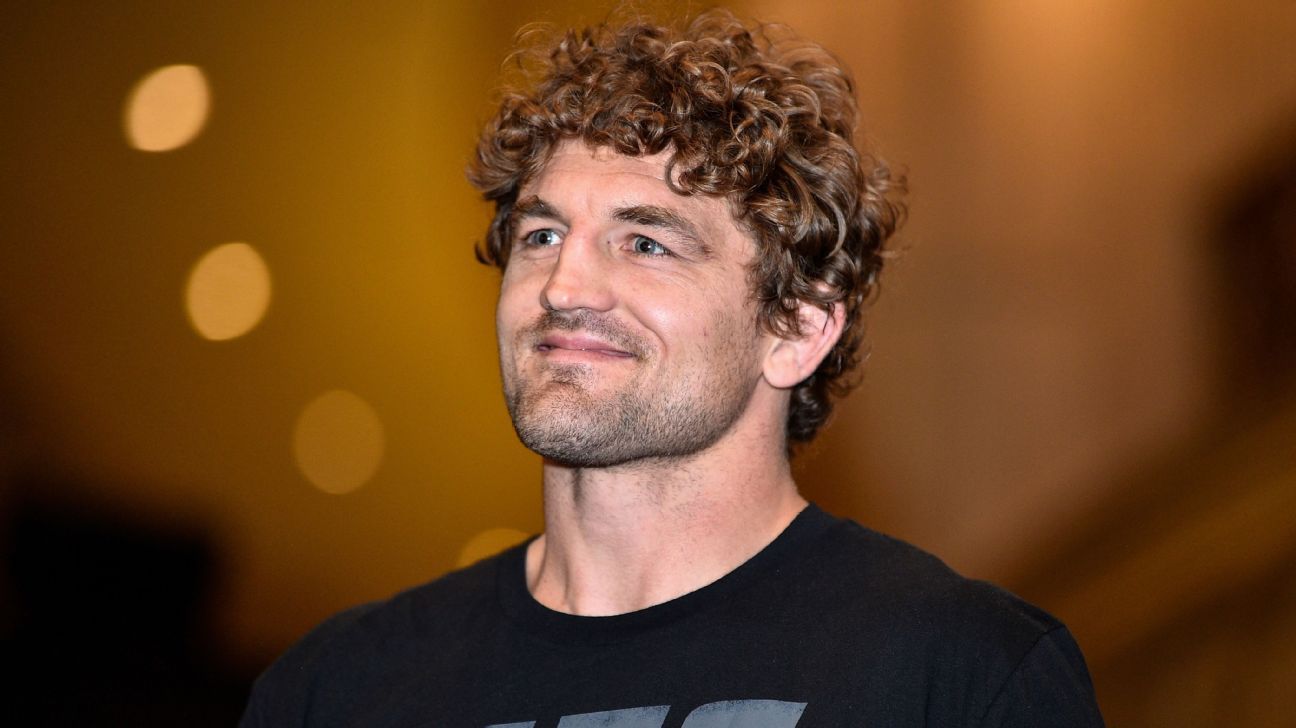LeBron James becoming available has, typically, been a seismic NBA event. Teams famously spent the several years leading up to his 2010 free agency clearing cap space. Pretty much all league business halted for the first 11 days of July in 2014 as teams schlepped across the country first to Cleveland and then, later, to Las Vegas to woo him following four consecutive Finals trips in Miami. The Denver Nuggets practically stood outside LeBron’s window with a boombox in the rain when he was available for less than 24 hours back in 2018.
Pretty much everything that has happened in the NBA for the past two decades has hinged on James in some significant away. He’s been available a scant few times, but every time he’s changed teams, he’s brought a championship to his new home. He’s arguably the greatest player in NBA history. It’s therefore fairly surprising that the events of the past week or so have not created a robust market for his services.
On Sunday, James opted into the final year of his contract with the Lakers. The statement he released through his agent, Rich Paul, suggests that he wasn’t entirely thrilled with his own decision. “LeBron wants to compete for a championship,” Paul told ESPN. “He knows the Lakers are building for the future. He understands that, but he values a realistic chance of winning it all.”
Whether or not he has a realistic chance at winning a championship with the Lakers is subjective, but at the very least, it certainly doesn’t seem as though the Lakers are going all out to get him one. They lost key free-agent wing Dorian Finney-Smith for nothing when he signed with Rockets because they were unwilling to make the four-year commitment that Houston did. While they’ve added Deandre Ayton and Jake LaRavia in free agency, they do not appear to have come close on any substantial trades. At the deadline, they were willing to offer recent first-round pick Dalton Knecht, their 2031 first-round choice and a 2030 first-round swap for Mark Williams. This summer, though, all of those assets remain in Los Angeles.
The Lakers seem to be slow-playing their build around Luka Dončić. James doesn’t have time for that. He’s on a year-to-year plan. He is still a superstar at 40 years old. He just finished sixth in MVP voting and earned Second Team All-NBA honors. But, given the tone of Paul’s statement and some of the reporting that has followed, it has become evident that the Lakers should not blindly expect to be able to re-sign James as a free agent next summer. Given that the team is reportedly shifting toward “youth and athleticism,” it’s not even clear that they want to.
In other words, they are probably getting one more year of value out of him and then losing him for nothing. If they don’t plan to spend that last year genuinely competing for a championship, they should trade him. There’s no ambiguity in there. There is no reason to keep a 40-year-old on your team if you don’t plan to operate on his timeline when that 40-year-old could net assets that are actually compatible with that timeline. And that is the key here. It’s not actually clear that he can.
James has a no-trade clause. He can therefore control where he winds up if the Lakers do decide to trade him, and the list of teams he’d seemingly be open to is likely small. Yet none of those teams, to our knowledge, have stepped up with an offer. Cleveland is “not that interested” according to NBC Sports’ Kurt Helin. OK, so another homecoming seems unlikely. What about a long-awaited trip to the Big Apple and the Knicks? “Makes for good chatter but no,” sources told Stefan Bondy of The New York Post after he checked in on the rumor. Could he reunite with Kyrie Irving and Anthony Davis on the Mavericks? ESPN’s Dave McMenamin was told that “they would only be interested in LeBron in a buyout situation.”
None of these teams are operating on the timeline that the Lakers are. Cleveland is $20 million above the second apron. The Knicks just gave away six first-round picks for veterans last offseason. Dallas gave away Dončić for a player six years his senior. On paper, these are all teams that should be desperate to get LeBron James. But they aren’t. His age plays a part in that, but if he was a superstar at 40, odds are he’ll still be one at 41. The real problems here are financial. Any of these teams could theoretically land James. In the old world, they might have. But the LeBron sweepstakes seem dead on the vine at the moment, unable to generate enough momentum to even really get started. Like so many other moves lately, the possibility of a James trade is getting killed by the new CBA.
How the CBA is killing a potential LeBron trade
Prior to the 2023-24 season, the rules for matching salaries in a trade were very simple. They varied slightly based on context, but no matter what, a team could always absorb up to 125% of the money that it sends out in a deal, plus $100,000. So let’s look at how that might have worked in a James trade, with LeBron set to make $52.6 million.
- Cavaliers: Jarrett Allen ($20 million) and De’Andre Hunter ($23.3 million) make $43.3 million combined. Sending those two out would be enough to absorb $54.1 million in salary, meaning James, at $52.6 million, would fit.
- Knicks: Mikal Bridges ($24.9 million) and Josh Hart ($19.5 million) make around $44.4 million combined, so they could bring back roughly $55.5 million. Again, that’s enough for James.
- Mavericks: Dallas couldn’t have matched money with two players. However, the three-man trio of Klay Thompson ($16.6 million), P.J. Washington ($14.1 million) and Daniel Gafford ($14.4 million) would have gotten them across the line.
In pure basketball terms, these were reasonable foundations. The Cleveland trade would have gotten the Lakers a high-level center and wing. The Knicks deal would have sent them two wings to replace James and Finney-Smith. The Dallas deal would have gotten Dončić three role players he knows well. However, in the new world, none of these trades would be legal.
- Both the Knicks and Mavericks are hard-capped at the second apron by virtue of using the taxpayer mid-level exception. As of this writing, the Mavericks have only around $1 million in space below that hard cap, and the Knicks have even less. They can’t make trades that bring in James and send out significantly less salary as they once could. They’d have to essentially match salary dollar-for-dollar. The Knicks would probably have to add at least one substantial salary, Mitchell Robinson, to complete the deal. For Dallas, once filling out the roster is accounted for, it would probably have to be two: some combination of Naji Marshall, Max Christie and Caleb Martin. Oh, and the cherry on top? The Lakers are also hard-capped, but at the first apron, because they used the non-taxpayer mid-level exception. A deal with the Knicks or Mavericks might even require a third team.
- Cleveland can’t even do a dollar-for-dollar match in a James trade. The Cavaliers aren’t currently hard-capped, but aggregating salaries in a trade creates a hard cap at the second apron. This is a problem for them because they are currently around $20 million above the second apron line. They’d have to get below it to make any James trade legal because they have no one on their roster who makes as much as he does. Functionally, this means that any James trade would need to include Darius Garland along with two of Allen, Hunter or Max Strus to be legal.
Trades that would have been legal and made basketball sense three years ago suddenly aren’t legal. The salary demands imposed on the Cavaliers, Knicks and Mavericks make a trade so prohibitively expensive in terms of value that getting James, no matter how good he is, would probably just be impractical. So suddenly, most of the sort of teams James would probably like to play for might just be off of the board, and without those teams eagerly vying for his services, there just doesn’t seem to be much urgency for James to make things uncomfortable enough for the Lakers to really kickstart trade talks.
LeBron James trade rumors: Ranking all 29 teams as possible destinations if the King and the Lakers break up
Sam Quinn
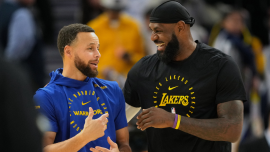
Is a trade still possible?
Maybe. Maybe not. McMenamin reported that at least four teams had reached out to Paul to ask about a trade. We don’t know who those teams are or if James would be interested, but if you just go down the list of sensible possible trade partners, many come with some sort of salary-related hurdle that would be difficult to clear.
The Golden State Warriors tried to get James at the 2024 trade deadline, for instance. To get him now, they’d have to include Jimmy Butler as the outgoing salary. Would the Lakers want to tack on an extra year of salary for an older player when they’re trying to get younger and more athletic? Probably not. Maybe we could find a third team, but the Heat just saw firsthand how hard trading Butler can be earlier this year.
The Los Angeles Clippers could keep James in southern California, but they currently have a first-apron hard cap because they signed Brook Lopez into the non-taxpayer mid-level exception. They have almost $13 million in room beneath it, so there is wiggle room, but with James Harden, Kawhi Leonard and Ivica Zubac likely off the table, the Clippers would also have to stack several role player salaries to get James. If they were interested in doing so, wouldn’t they have just re-signed Paul George last summer? The Clippers seem committed to the idea of two stars and a deep roster behind them. It’s hard to imagine them changing their plan for James’ sake.
There’s obviously some level of interest in James on the trade market, but we’re dealing with a Venn diagram here. There are probably teams that want to trade for James and there are probably teams LeBron would be willing to play for, but finding teams that fall into both circles is going to be difficult almost by definition. Teams that are good enough to help James compete for the 2026 championship are probably already fairly expensive, and those teams are more inhibited than any others in what sort of trades they’re capable of realistically making. The exceptions would be younger teams on the rise, but those teams don’t want to make significant investments in players as old as James. If the San Antonio Spurs were, for example, they likely would have just grabbed Kevin Durant instead.
Thus far, there has been little substantial reporting on where James, personally, stands on the state of the Lakers after their first wave of offseason moves. Given how underwhelming those moves are, though, it’s unlikely that he feels better about his team now than he did a week ago. The Lakers, meanwhile, likely have even less motivation to keep him than they did last month. Not only do the defending champion Oklahoma City Thunder loom as a towering Western Conference favorite, but the Houston Rockets and Denver Nuggets have improved to oppose them. Even if they had brought back last year’s roster and added a center, their odds of actually competing for the title in that context likely decreased. A James trade makes sense for them.
But so far, we have no evidence to suggest that either side is actively trying to make a trade happen, and, while that could be due to a lack of desire from either side, that does not necessarily have to be the case. It’s more likely an understanding that the realities of the current CBA mean that they could be stuck together unless one of the obvious suitors decides it’s willing to contort its cap sheet far further than it once would have needed to in order to land the 40-year-old megastar.
If James wanted to compete badly enough, he would have opted out and taken the minimum to play for the team of his choice. Interest in him at that price would have extended to all 30 teams. But absorbing a $52.6 million salary for any championship-caliber team under the iron fist of the new CBA is borderline impossible, and that, more than anything James or the Lakers are doing right now, is probably the single biggest reason any sort of true James trade sweepstakes is unlikely to happen this offseason.



